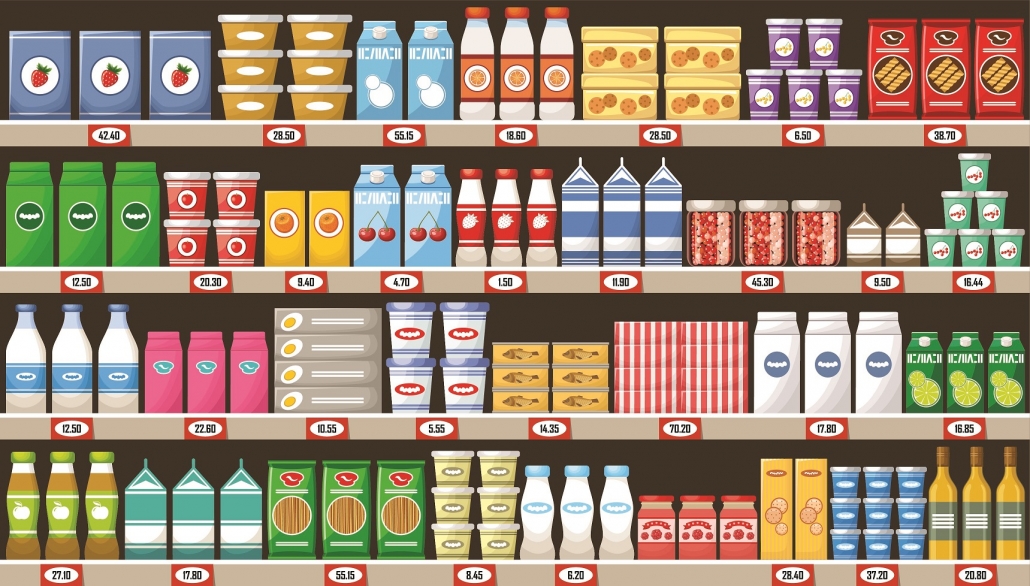In today's environmentally conscious world, the demand for green products has skyrocketed. But are these products truly better for the environment and our health? In this blog post, we will delve into the depths of green products, exploring their benefits, drawbacks, and the impact they have on our planet. By the end, you will have a comprehensive understanding of whether green products are indeed the superior choice.
- Defining Green Products:
To understand the true value of green products, we must first define what they are. Green products are those that are manufactured using sustainable practices, eco-friendly materials, and have minimal negative impact on the environment throughout their lifecycle. They aim to reduce pollution, conserve resources, and promote a healthier planet. - Environmental Benefits:
Green products offer a multitude of environmental benefits. Firstly, they help reduce carbon emissions by utilizing renewable energy sources and minimizing energy consumption during production. Secondly, they often incorporate recycled materials, reducing the need for raw resource extraction. Additionally, green products are designed to be more durable, thus reducing waste and the overall environmental footprint. - Health Benefits:
Apart from their positive impact on the environment, green products also offer significant health benefits. Traditional products often contain harmful chemicals and toxins that can pose risks to human health. Green products, on the other hand, are made from natural and non-toxic materials, reducing exposure to harmful substances. This is particularly important for items such as cleaning products, personal care items, and furniture, which we come into direct contact with on a daily basis. - Economic Considerations:
While green products may have higher upfront costs, they often prove to be more cost-effective in the long run. Energy-efficient appliances, for example, can significantly reduce electricity bills over time. Moreover, as the demand for green products increases, economies of scale come into play, leading to reduced production costs and more affordable options for consumers. - Drawbacks and Challenges:
Despite their numerous benefits, green products are not without their challenges. One common concern is the lack of standardized definitions and certifications, leading to greenwashing – the misleading marketing of products as environmentally friendly. Additionally, the limited availability and higher price points of some green products can deter consumers from making sustainable choices.
Conclusion:
In conclusion, green products offer a range of benefits for both the environment and our health. From reducing carbon emissions to promoting a toxic-free lifestyle, they play a crucial role in creating a sustainable future. However, it is important to remain vigilant and discerning when choosing green products, ensuring they meet credible certifications and truly align with sustainable practices. By making informed choices, we can collectively contribute to a greener and healthier planet.



